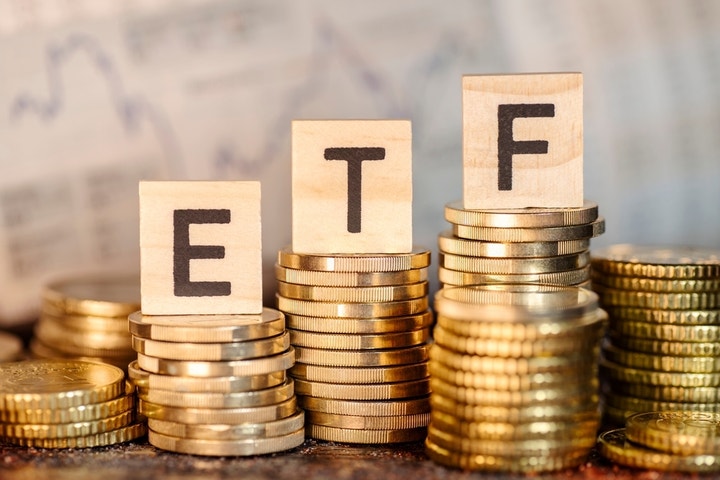
A sudden jump in gold futures and a dramatic deviation from London spot prices have signaled increasing uncertainty in the precious metals market, with possible ramifications for bullion-backed ETFs.
GLD ETF is in focus today. Track its live prices now.
What Happened?
The action follows a report by the Financial Times, citing a U.S. Customs and Border Protection (CBP) letter, which states that one-kilogram gold bars imported into the United States may now be subject to a tariff. The classification differs from a previous exemption offered by the Trump administration in April, which had helped narrow the premium on the New York and London gold markets.
Following the news, December gold contracts on the New York Comex exchange jumped to a record $3,534.10 an ounce before pulling back. In contrast, the London spot price was relatively steady at around $3,396.04. The resulting premium—more than $125 per ounce at its height—is extremely rare and indicates a severe upset in the normal pricing relationship between spot and futures markets.
The categorization problem mainly concerns one-kilogram and 100-ounce gold bars, which are deliverable against the majority of contracts traded on Comex. Such bars are frequently refined and recast in Switzerland before being exported to the U.S. for use under futures delivery and physical settlement arrangements, such as the Exchange for Physical (EFP). The likelihood of new tariffs creates uncertainty for these flows, causing some Asian refineries to suspend shipments to the U.S briefly.
Also Read: Are Gold ETFs Really A Hedge During A Geopolitical Crisis? Here’s What To Check Before Investing
Impact On ETFs
For ETFs that mirror the price of gold or store physical bullion, these advancements can have operational and valuation implications. ETFs like SPDR Gold Shares (NYSE:GLD) and iShares Gold Trust (NYSE:IAU), which store most of their physical gold in U.S.-based storage facilities, may experience increased investor interest during times of market turmoil, albeit with an overall cautious approach. Logistical limitations or shifts in import expenses, though, would ultimately impact how effectively these funds can sustain their physical backing.
In the meantime, funds such as the Aberdeen Standard Physical Gold Shares ETF (NYSE:SGOL) and the SPDR Gold MiniShares Trust (NYSE:GLDM), whose gold is stored in vaults in Zurich and London, could have different consequences depending on how tariff regulations are implemented and whether cross-border shipments are included.
Likewise, VanEck Merk Gold Trust (NYSE:OUNZ), to which investors can request delivery in physical form, could suffer if regulatory adjustments undermine delivery systems. This fund also stores its gold bars in London.
While there is no indication yet whether the CBP’s classification will be adopted or changed, the development adds another layer of uncertainty for traders and fund managers. The subsequent market dislocation underscores the need for regulatory clarity, particularly for financial products that rely on the physical movement and pricing of commodities.
Until further clarification, the gold ETF segment may see additional focus, not just because of increased price action, but also due to uncertainty regarding the stability of the physical delivery infrastructure.
Read Next:
Photo: Shutterstock







